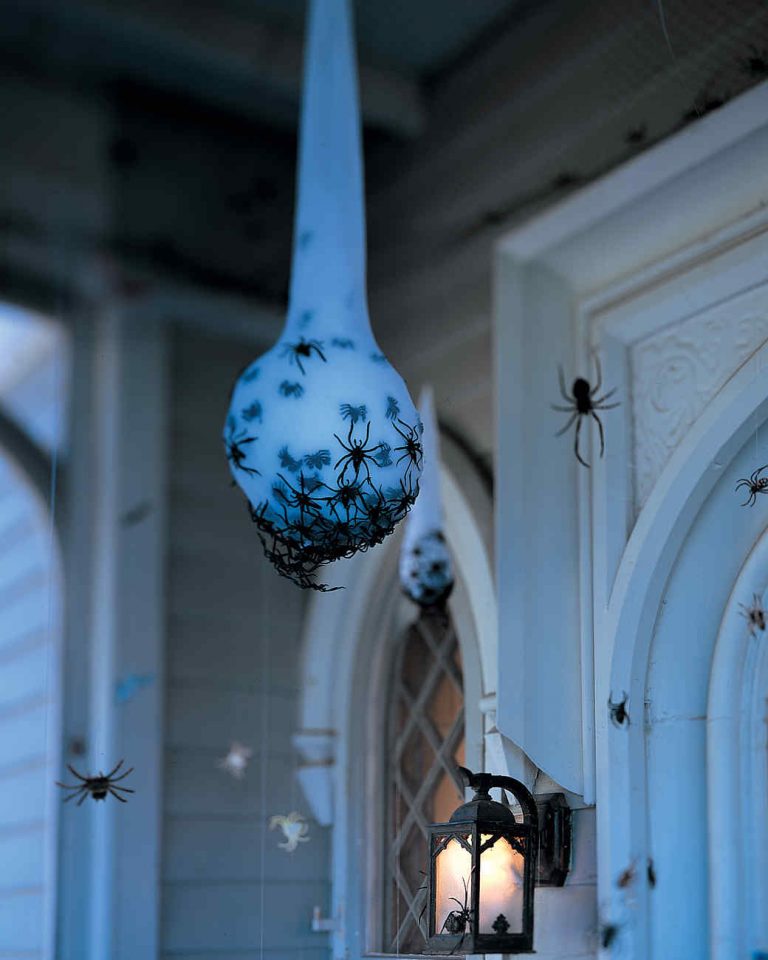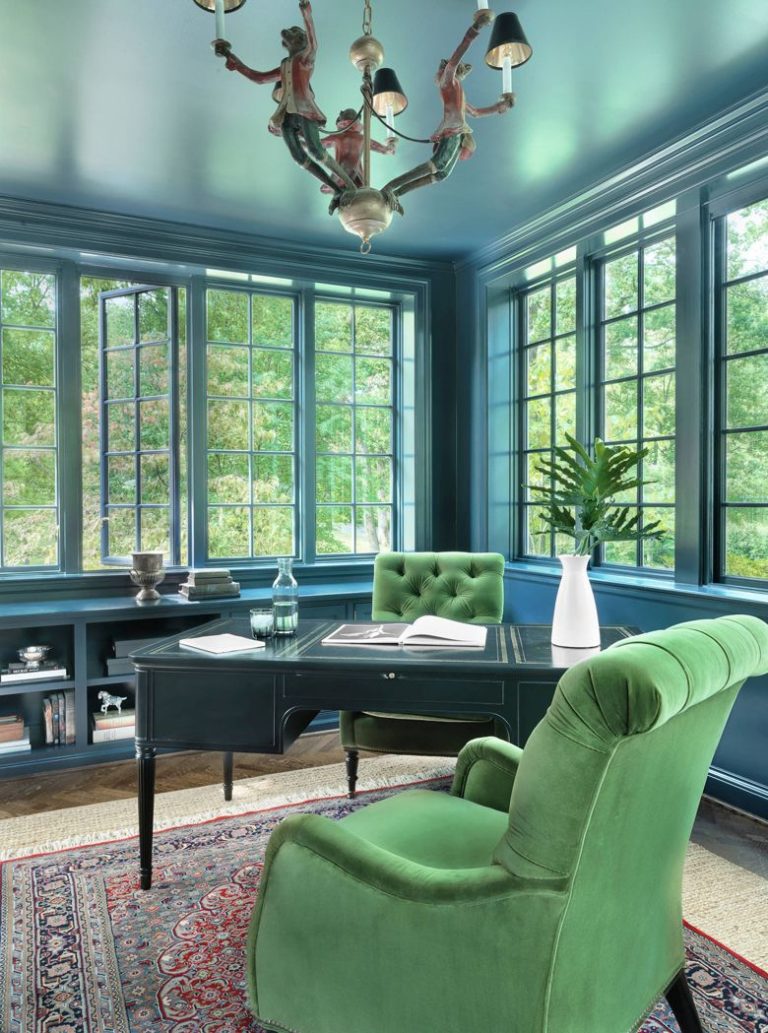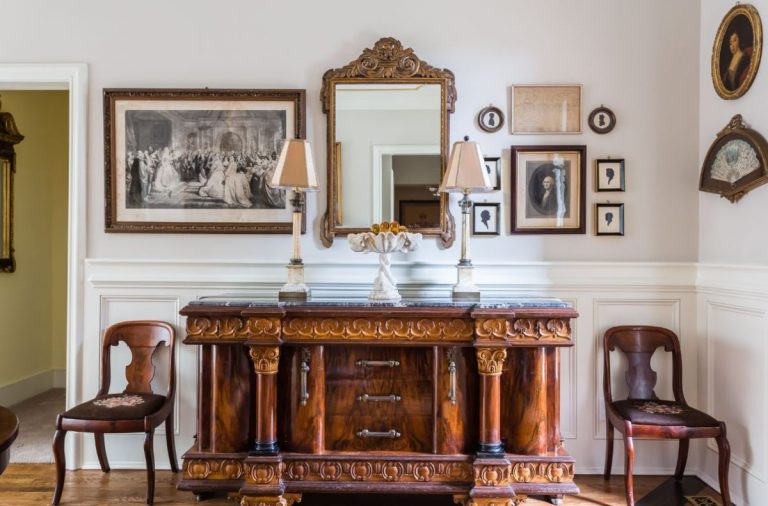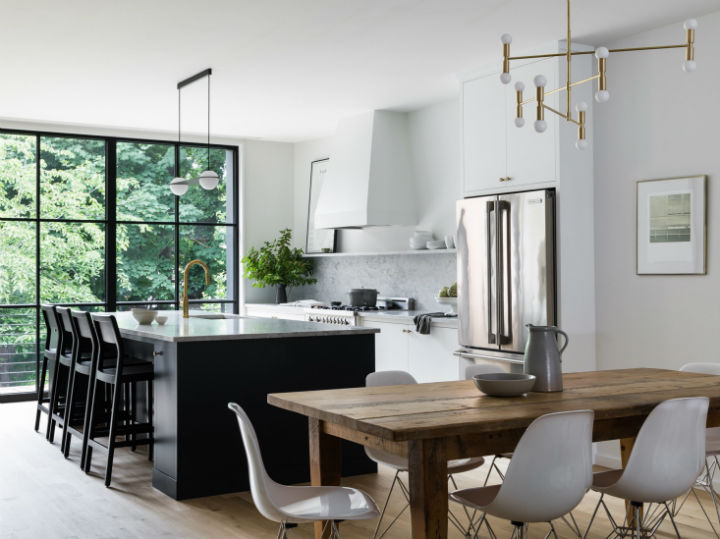Live in a Home Climate? Pick One of These Types of Roofs
Roofing materials come in a wide range of styles and colors, but choosing one for your home is about far more than style. The best kind for a particular house will be driven by not just the type of roof but also by the geographical location and climate. Just as steeply pitched roofs are best for areas that get a lot of snow, houses in hot climates benefit from using certain materials. Unrelenting sunshine and heat can take their toll on a roof, causing them to crack and degrade over time. This, in turn, can allow more heat to enter the house and make cooling it more expensive. While asphalt shingles might be the most common type of roofing in general, for hot climates materials that facilitate airflow between the house and the roofing material will ultimately keep things cooler. Not sure what types to consider? Here are some of the most common types of roofing materials for hot climates.
Terra-Cotta Tiles
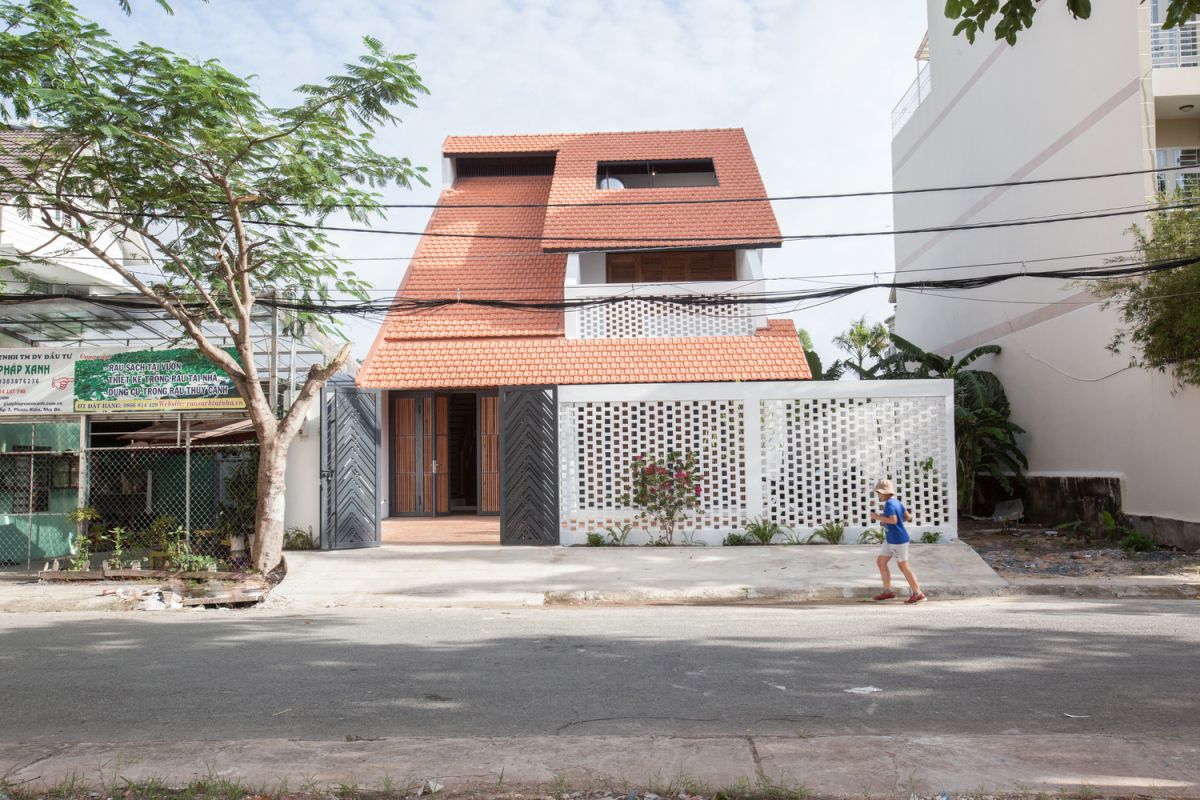
Ho Chi Minh City has a hot and tropical climate — as well as a wet one — making the choice of roofing materials very important. This house by K59atelier has a large roof covered with terra-cotta tiles, a traditional material used in Vietnam, as well as other global regions. These tiles are very popular in all regions that have a hot climate for a number of reasons. First, the curve of the tiles allows for good airflow underneath, helping to keep the interior cool. Terra cotta roofing tiles are also very durable for hot climates, which makes a lot of sense when you consider that they are essentially clay baked at a very high temperature. As with any option, terra cotta also has a few drawbacks. Cost is the first as they are one of the most expensive, ringing in at $700 to $1,000 for 100 square feet. These tiles are also very heavy, which might require reinforcing the roof if it is not already made with terra cotta tiles
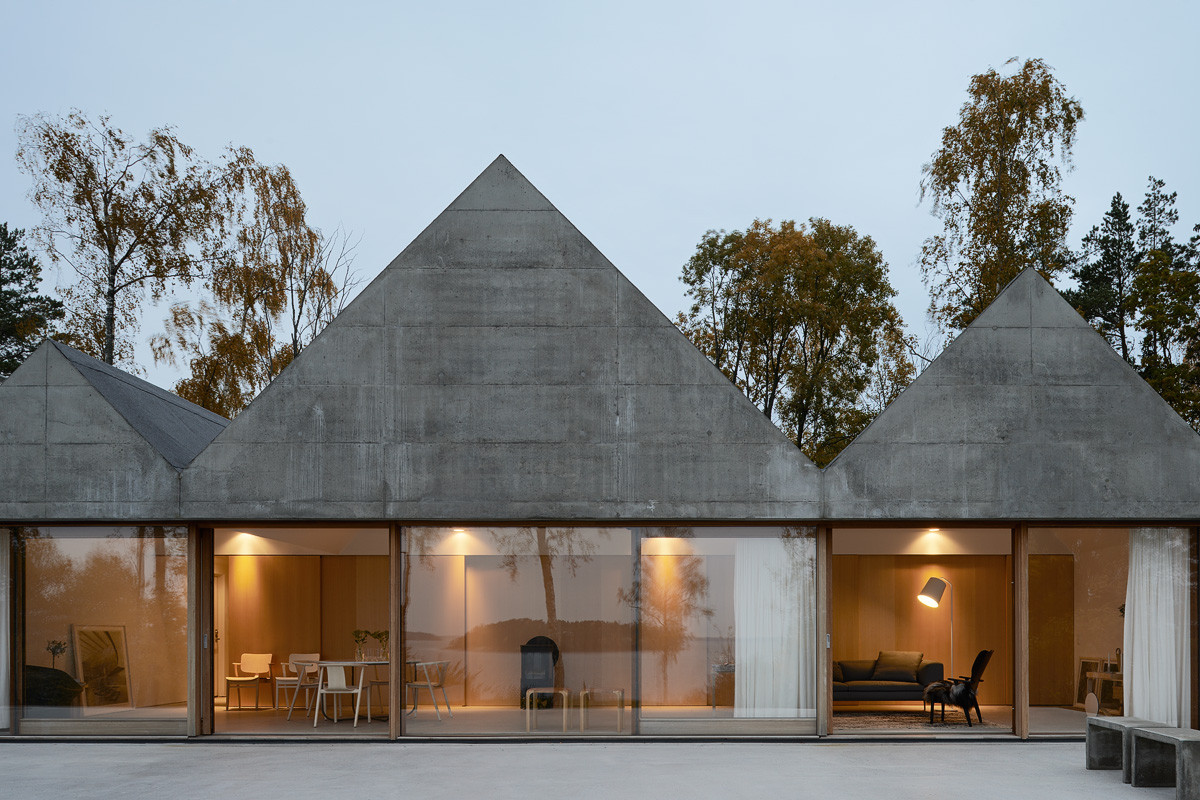
If the benefits of terra cotta are appealing but its price is not, concrete is a viable alternative. Concrete roofs can be done with slabs or with tiles that have an s-shape, much like terra cotta tiles. These types of tiles have added benefits such as being more wind resistant and absorbing less water. They can also be used in colder areas because they are as readily damaged by frost. Today’s concrete tiles are also available with a hint of color to make them a bit more pleasing. Slab concrete is another option that is also heavy but has thermal benefits. Because the material is thick, it takes a lot longer to heat up in the sun, which helps keep the house cool. This home in Sweden, designed by Tham & Videgård Arkitekter, has a concrete slab roof.
Green Roof
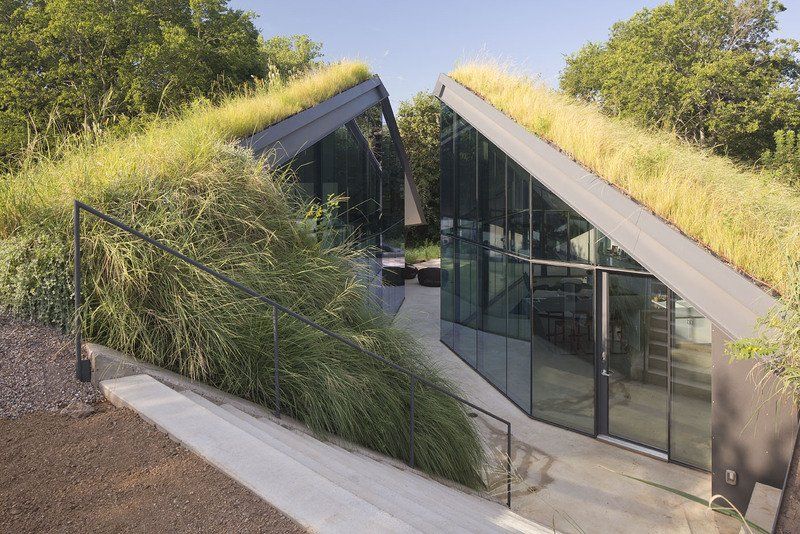
Once considered odd, Green or “Living” Roofs, are coming into vogue as concern for the environment grows. Yes, green roofs are attractive but they also have important benefits for the homeowners as well as our surroundings. This type of roof consists of a layer of plantings on a base of a waterproof membrane on top of the house. The greenery modulates the transfer of heat, making the house energy efficient by insulating the roof. In urban areas, a green roof can help alleviate the baking heat that grips cities in the summer and improve general air quality. This home by Bercy Chen Studio on the Colorado River is a great example because it uses a green roof as well as a 7-foot excavation to reduce rainwater runoff, help it remain cooler in the summer and be warmer in the winter. The insulating properties of a green roof also soundproof the house.
Metal Roof
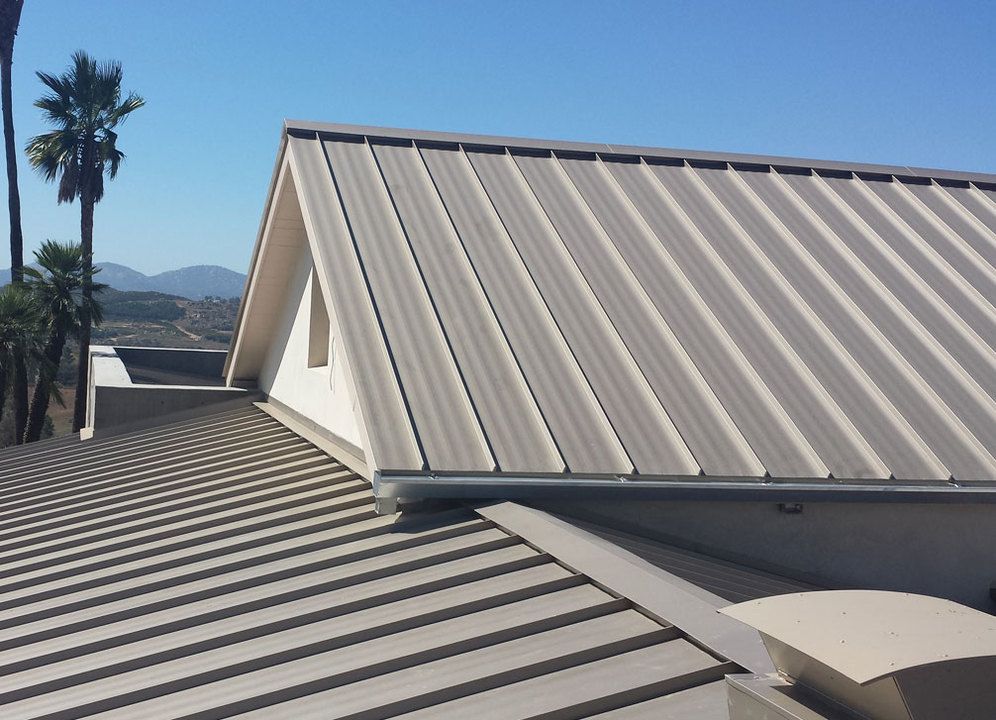
You might not think that metal roofs would be a good choice for houses in warm climates, but they are very popular in certain areas. After falling out of favor in the 1980s and 1990s, they have seen a resurgence in popularity thanks to their durability and stylishness. In fact, in hot climates, a metal roof creates vital airspace between the decking and the roofing, forming a thermal barrier much as terra cotta tiles do. This air cushion can cut cooling costs by as much as 20 percent. Metal roofing can also be a very sustainable choice because much of it is produced using recycled materials. The cost of a metal roof isn’t much different from a shingle roof and best of all, it can lower homeowner’s insurance premiums.
Shingles
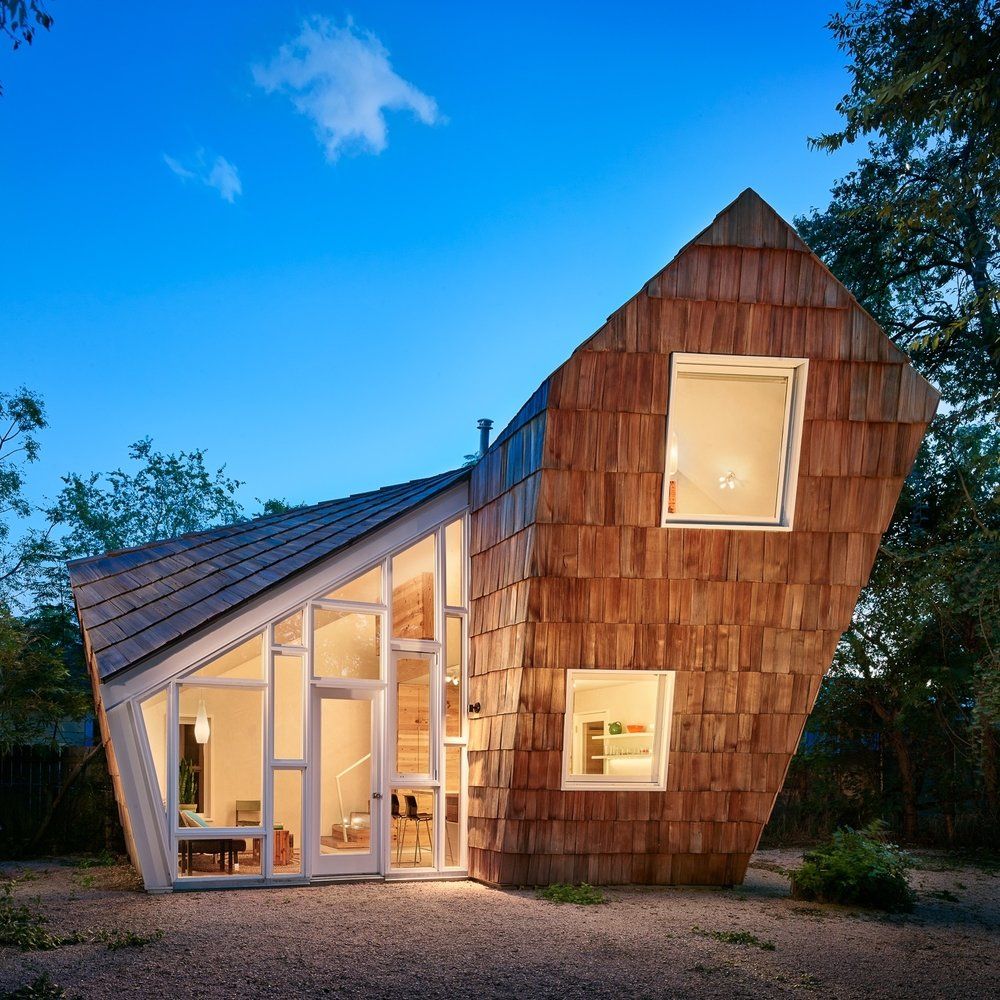
Shingles come in various materials and are, in general, one of the most common types of roofing material. In the United States, asphalt roof shingles are by far the most common, even if they are among the types with the shortest lifespan. Mostly made from asphalt laminate and reinforcement material, such as ceramic grains, these are called bitumen roof shingles or tile strips in Europe, where they’re less common. On, basic level, singles can be any material formed into overlapping sections that cover a roof, laid from the bottom to the top. In addition to asphalt, shingles can be slate, wood, flagstone, plastic, or composite materials. Wood shingles are less desirable in hot climates because the sun and heat can leach out natural oils that are then washed away by rain, causing erosion, rot and water seepage. This home, designed by Studio 512 of Austin Texas, uses wooden shingles on the roof as well as the slanted walls.
Bamboo Roof
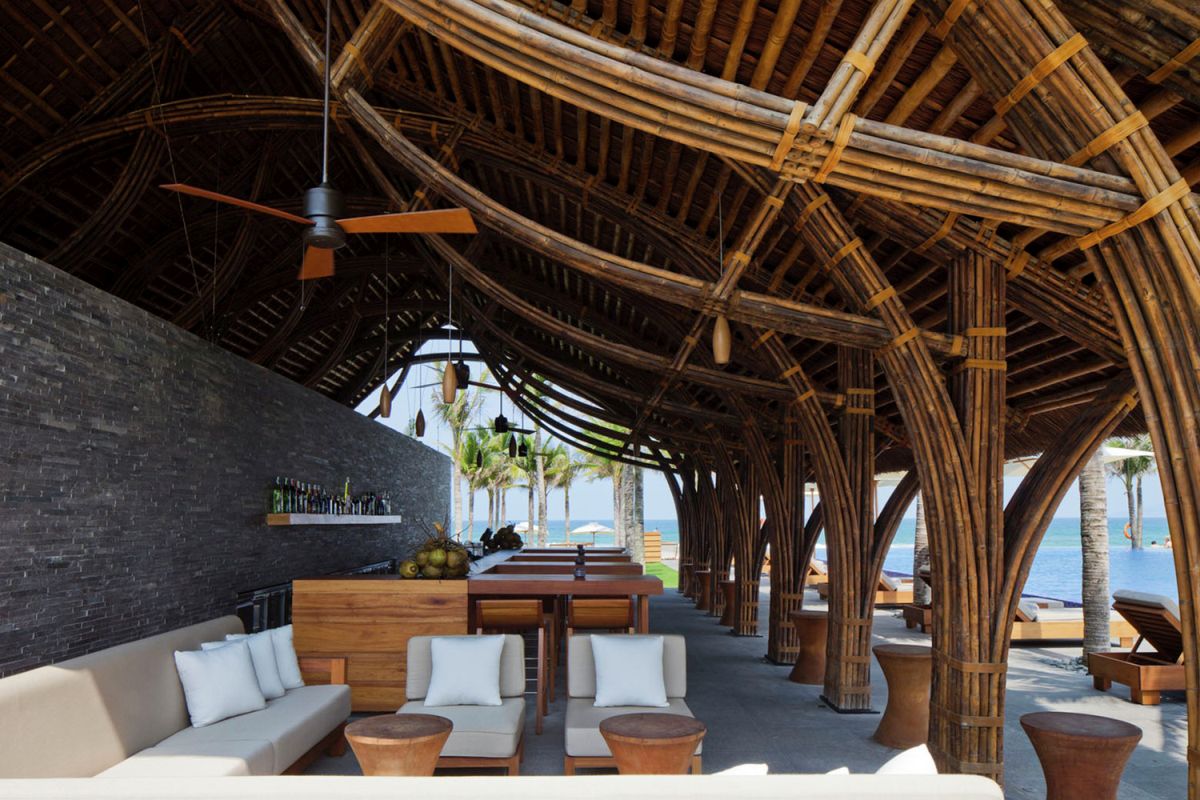
Bamboo has grown in popularity as a material for building and for use in manufacturing modern corrugated roof tile, but it is also commonly used for a more tropical-style roof as a support for thatched roofing. This Vietnamese resort near DaNang, designed by VTN Architects, has a typical pitched roof supported by a bamboo structure. The style and vibe are the best fit for a tropical climate and relaxed atmosphere expected in this region of the world. Fast-growing bamboo is a renewable and sustainable option for roofing and has all the right features for a roof. It’s a lightweight and thin material, that has good water resistance, making it a wonderful option in the right regions.
Straw Thatch
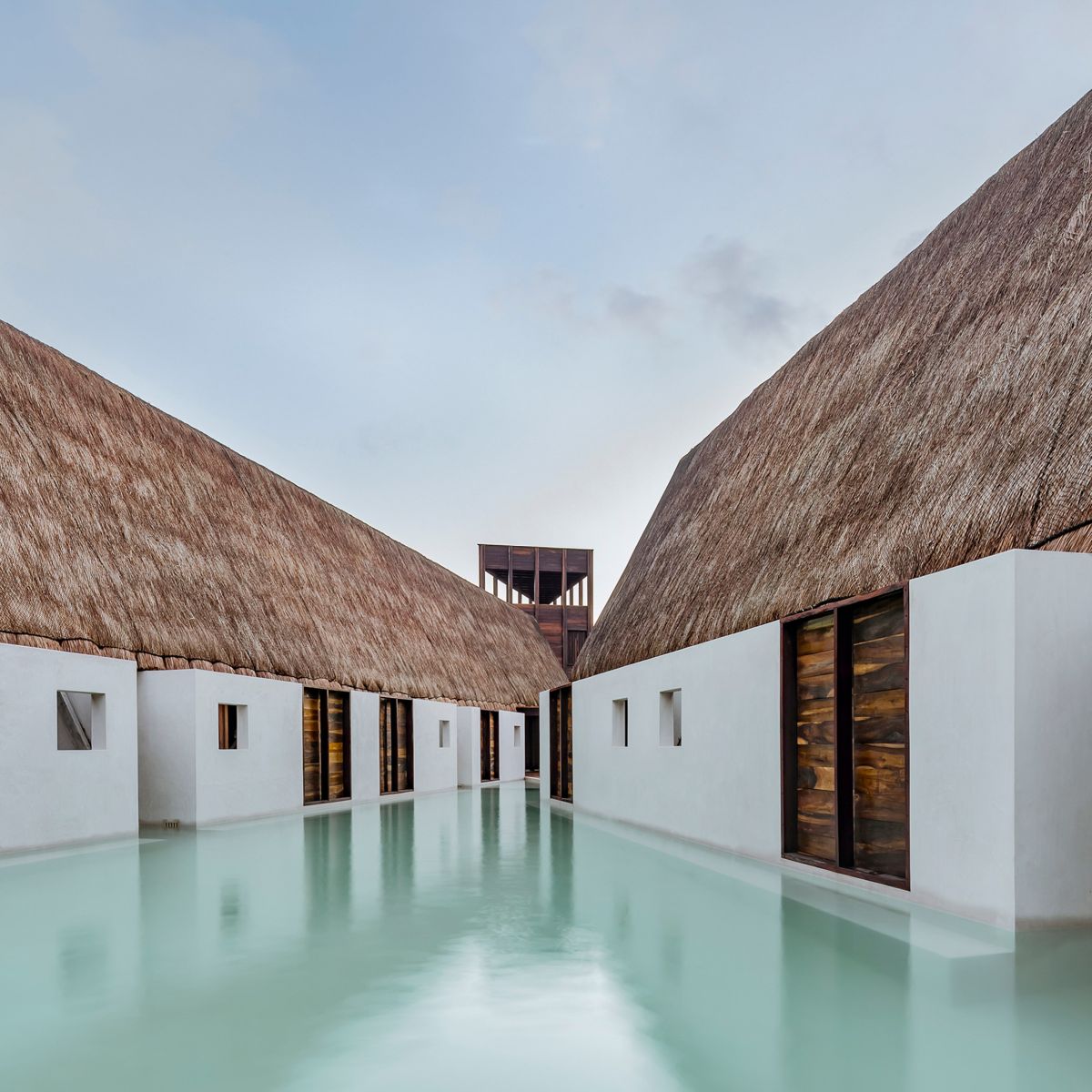
Besides English cottages, tropical homes are the most likely place to find thatched straw roofs. A great example is the Punta Caliza which is a traditional Mayan structure with a straw roof, a common feature of the region’s style. Straw thatch is a naturally insulating material that is wonderful insulation against the cold in the winter and the heat in the summer. If a thatched roof is properly installed and maintained, it can provide up to 20 years of durable use. The environmentally friendly roofing material might be more challenging to source, but the ultimate design can be shaped into natural, undulating designs that are not like the typical angular roof.
The post Live in a Home Climate? Pick One of These Types of Roofs appeared first on Home Decorating Trends – Homedit.

